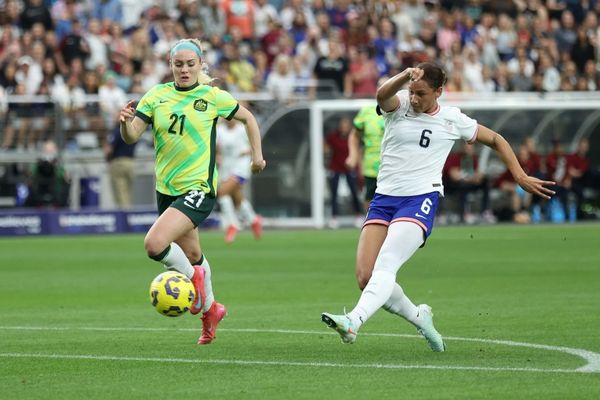
Your report (Seeing same GP ‘improves patient health and cuts workload of doctors’, 23 February) is welcome yet rather overdue: experienced practitioners in previous decades always knew that continuity of care was an essential cornerstone to building the art and ethos of their community and vocational work. As the Victorian-era physician William Osler counselled: “It is much more important to know what sort of patient has a disease than what sort of disease a patient has.”
This should be especially true for GPs: not only for the technical aspects of diagnosis and treatment, but even more for the human skills of containment, comfort, guidance and knowledgable support – the art of care, which accounts for so much of a practitioner’s therapeutic influence.
The last 30 years of serial NHS reforms have attempted to replace all such relationship-based pastoral healthcare with technically defined, corporately managed systems of procedures modelled on competitive manufacturing industries. This depersonalisation of health services has been deeply destructive for health carers and patients – and the managers who cannot manage the chaotic consequences. The fallout is increasingly evident for everyone to see. All this was clearly forewarned and researched by previous decades of GPs. It is noteworthy – emblematic even – that it is a study by a business school that is now most noticed.
Dr David Zigmond
Doctors for the NHS
• When I retired in 2020, I had been a GP in the same practice for 31 years. I had many patients whom I had looked after for the whole period, together with their families. They knew me and I knew them, and that made their care better and easier for all of us. It also made the work enjoyable, which was a key part of keeping us going as GPs. After all, we treat patients, not diseases, and an understanding of the lives and stresses of individuals and their families makes diagnosis and management simpler.
Today, when I talk to my former partners, they regret the demand pressures that have eroded that continuity – those demands stem from the fact that the system is so overloaded that it is an uphill struggle to maintain continuity. I enjoyed my three decades there, I’m not sure that I would now.
Dr Emile de Sousa
Cobham, Surrey
• There is a significant risk of donning rose-tinted glasses when equating good continuity with only traditional GPs. The reality is more complex and nuanced. We risk presenting a false dichotomy of a traditional, named GP in a clinic every day, offering continuity of care, versus modern, part-time, digitally enabled, team-based general practice with a primary care network as the core delivery unit.
After 10 years of working as a GP, I now have around 1,500 people, and their accompanying 1,500 life stories, registered with me. It is only in getting to know them that I can use the right approach to help them. Regular text messages flow with some and occasional face-to-face appointments with others. No two are identical in need or our response.
Digital is often misunderstood as presenting an inevitable threat to the human element of care. Online consultations or texts may appear transactional and impersonal, but with continuity, these become embedded in long-term professional relationships.
General practice is in a precarious position. Clinicians respond by working faster, longer and harder. This is understandable but unsustainable. Instead, we need to reconnect with our sense of purpose. What do we value and how can we maximise it? For many the answer lies with continuity, or more plainly, in knowing and being known.
Dr Richard Pratt
Truro, Cornwall
• Re your editorial on seeing the same doctor (26 February), this is absolutely true: human connection is good for us and keeps us well. Did the University of Cambridge study this was based on compare alternative models for human connecting? In group consultations, which typically last 90 minutes, around 12 individuals with a long-term-condition are brought together to gain insights from each other into how to manage their condition. A clinician is present to advise and offer accurate medical information, while patients swap experiences to help them self-manage their condition and to deal with other non-medical issues that they’re coping with due to their illness.
Group consultations are just one example of peer support, for which there is now good evidence of positive health outcomes.
Merron Simpson
Chief executive, The Health Creation Alliance, Birmingham
• Have an opinion on anything you’ve read in the Guardian today? Please email us your letter and it will be considered for publication in our letters section.







